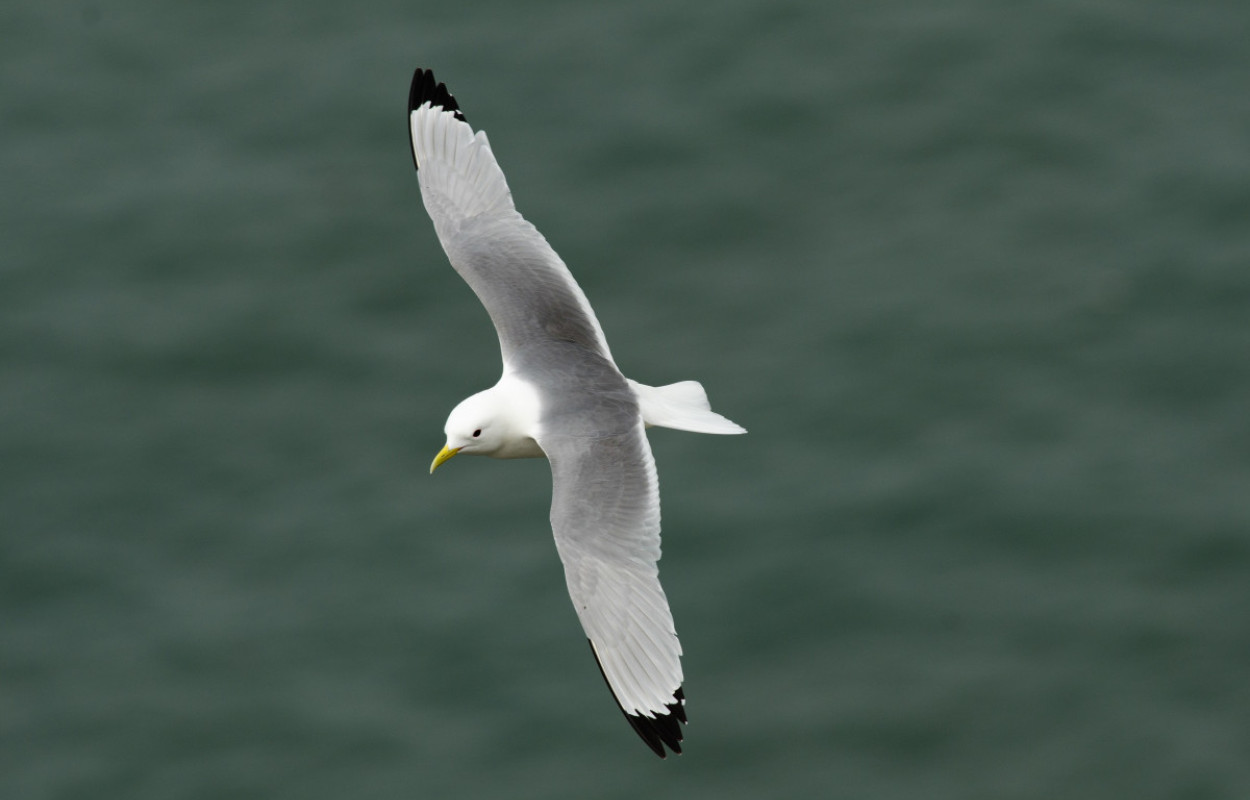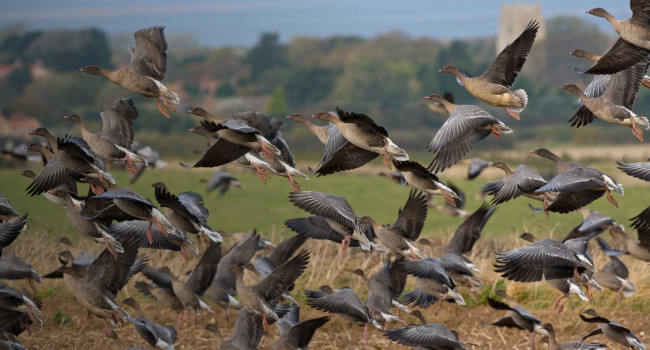Methods to quantify avian airspace use in relation to wind energy development

Author(s): Largey, N., Cook, A.S.C.P., Thaxter, C.B., McCluskie, A., Stokke, B.G., Wilson, B. & Masden, E.A.
Published: January 2021
Journal: Ibis
Digital Identifier No. (DOI): 10.1111/ibi.12913
Over the past century, an accelerating pace of industrialisation has led to increasing numbers of manmade structures, including renewable energy developments (such as wind turbines) that extend into and co-occupy the airspace of birds and other airborne wildlife. In order to understand how wildlife might be affected by these structures, we need data that describes species flight characteristics, such as how high and fast they fly. However, the methods used for this data collection are often based on legislation and guidance which has not been updated for some time, and therefore does not make best use of tools and technologies currently available.
In the case of bird flight heights, measurements are often based on estimates from visual observers, whilst information on flight speeds are often derived from published literature. Such data are likely to be less accurate and less representative than data collected from technologies like radar or GPS telemetry, and in turn contribute to less accurate and less representative estimates of the potential impacts of renewable energy developments. A key reason that these visual- and literature-based data collection methods have persisted may be the lack of a comprehensive understanding regarding the tools and technologies that currently exist, and how these can be applied to the collection of bird flight data in a systematic and consistent way.
In order to assess the tools and technologies available, BTO scientists collaborated with colleagues at the University of the Highlands and Islands and the RSPB to carry out a systematic literature search. For each method identified, the authors considered what kind of data could collect be collected (e.g. flight characteristics, longevity of data collection), how these data were collected (e.g. via GPS devices attached to birds) and if there was any evidence that the measurements from each tool had been or could be verified through calibration or validation. Based on the results of this search, the authors developed a framework, setting out how the tools available could be used during baseline ornithological data collection as part of Environmental Impact Assessments (EIAs), which help to establish whether a renewable energy development should go ahead. This work removed some of the uncertainty around the use of the tools that are currently used. This framework can be incorporated into EIA legislation and offers guidance about the collection of bird flight data, making the best use of the technology available to ensure that decisions about which renewable energy developments receive permission to be built are based on the most accurate and representative data possible.







Share this page